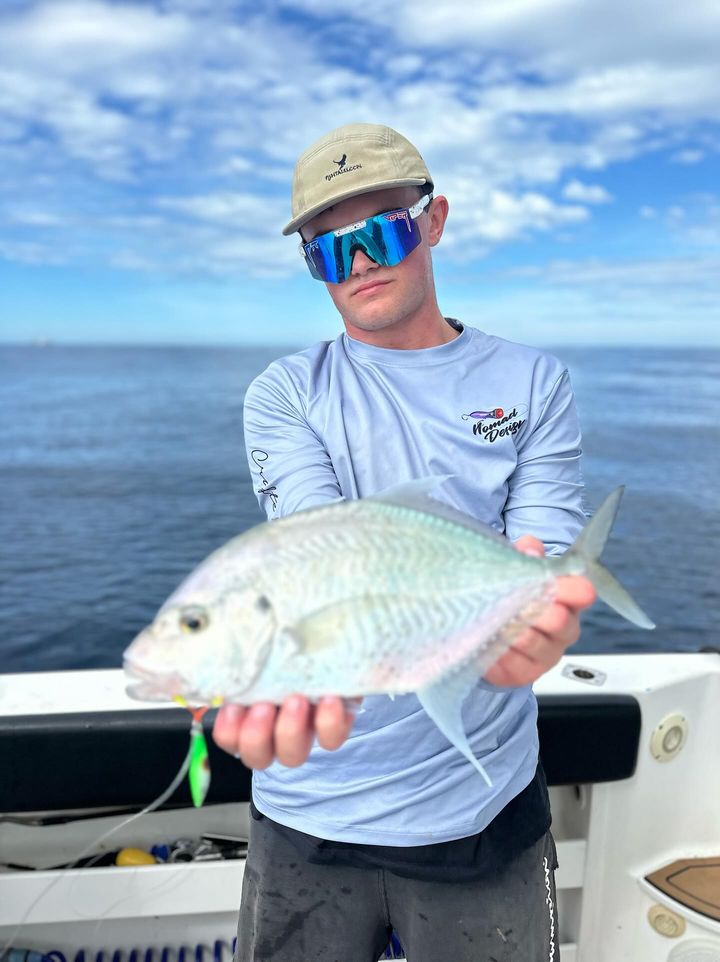
Assist Hooks for Metal Jigs Go on Top or Bottom for Jigging in Australia
Should You Rig Your Assist Hooks on the Top or Bottom of Metal Jigs?
The Ultimate Guide for Australian Anglers
If you’ve ever lost a fish while jigging, you know how frustrating it can be. The way you rig your assist hooks—whether on the top or bottom of your metal jig—can significantly impact your hookup rate, reducing missed strikes and improving your overall success.
Australian waters are home to a variety of fish that react differently to metal jigs. Kingfish, Snapper, Tailor, and Flathead all have distinct feeding behaviors, which means your hook placement should match the fish you're targeting and the environment you’re fishing in.
In this guide, we’ll break down when and why to place assist hooks on the top or bottom of your jig, the best setups for rock, boat, and surf fishing, and how the ReproBaits Zephyr Jig is a game-changer for Aussie anglers.
Why Hook Placement Matters in Jigging
Not all fish strike a lure the same way. Some species prefer attacking from the head, while others grab from behind. Understanding these behaviors can increase your catch rate significantly.
✅ Kingfish, Tailor, and Tuna: Predatory fish that attack their prey head-first, often striking the top of the jig.
✅ Snapper, Flathead, and Dhufish: More likely to ambush from below or behind, making bottom-rigged assist hooks more effective.
✅ Pelagic Hunters vs. Bottom Dwellers: Surface-feeding fish tend to go for top hooks, while reef and structure fish often hit jigs from below.
When to Place Assist Hooks on the Top of the Jig
1. Bottom Bouncing Over Reef & Rocky Headlands
Fishing reefs, bommies, and deep structure? Snagging is a real problem. Rigging assist hooks on the top keeps them above the jig, reducing the chances of getting hung up on rocks.
💡 Recommended Jig: Zephyr Jig 30g – ReproBaits (Perfect for dropping over reef and structure with minimal snags.)
2. Chasing Kingfish, Tailor, and Tuna
These fish hit hard and fast, usually attacking the head of the baitfish. When jigging for these species, placing your assist hooks at the top ensures a higher hook-up rate.
🎣 Technique Tip: Speed jigging with short, sharp lifts mimics a fleeing baitfish, making Kingfish strike aggressively at the jig’s head.
3. Jigging in Strong Currents
In fast-moving water, a top-hook rig can help balance the jig, keeping it more stable and natural in its descent.
🌊 Ideal Locations: Sydney Harbour drop-offs, Northern Beaches reefs, and offshore bommies near Brisbane.
When to Place Assist Hooks on the Bottom of the Jig
1. Targeting Snapper, Flathead, and Bottom Dwellers
These fish often ambush prey from below, making bottom-rigged hooks the ideal choice. This is especially useful when working the sand flats, channels, and deep reefs.
✅ Best Setup: Use a slow-pitch jigging technique to keep the jig in the strike zone longer.
2. Open Water & Sand Flats Fishing
When jigging over sand flats, surf gutters, or estuaries, a bottom-hooked assist increases the chance of a rear-striking fish getting hooked.
💡 Pro Tip: When chasing Flathead with the Zephyr Jig 30g, let the jig flutter down naturally before twitching it off the bottom.
3. Catching Trevally & Other Schooling Fish
Trevally often chase bait and hit from behind, making bottom-rigged assist hooks more effective in open water.
The Best Hook Setups for Different Fishing Conditions
| Fishing Environment | Best Hook Setup | Target Species |
|---|---|---|
| Reef & Rocky Structure | Top-Rigged Assist Hooks (Prevents snags) | Kingfish, Coral Trout |
| Open Water & Sand Flats | Bottom-Rigged Assist Hooks (Better rear strikes) | Flathead, Snapper, Trevally |
| Strong Currents | Top Hooks for Stability | Tailor, Tuna |
| Surf & Shore Jigging | Bottom Hooks for Chasing Fish | Australian Salmon, Tailor |
Maximize Your Hook-Ups with the Zephyr Jig
The Zephyr Jig 30g – ReproBaits is the perfect all-rounder for Australian waters. Designed for both top and bottom assist hooks, it allows you to customize your setup depending on your target species and fishing environment.
Why the Zephyr Jig Stands Out:
✅ Versatile – Works for both bottom-bouncing and mid-water jigging.
✅ Realistic Action – Fluttering descent mimics injured baitfish.
✅ Strong Assist Hook Options – Customize your hook placement based on your target fish.
✅ Perfect for Rock, Boat, and Surf Fishing – Ideal for a variety of Australian fishing spots.
🎣 Ready to catch more fish? Grab the Zephyr Jig 30g today and start landing bigger and better fish on your next trip!
Final Thoughts: Optimizing Your Jigging Setup
Hook placement on metal jigs is more than just a rigging choice—it can make or break your catch rate. Whether you're bouncing your jig off the reef or working the surf gutters, choosing the right assist hook setup is key to increasing strikes and avoiding missed fish.
🔹 For Kingfish & Tailor: Top hooks ensure aggressive strikes land solidly.
🔹 For Snapper & Flathead: Bottom hooks maximize rear-strike hookups.
🔹 For Mixed Conditions: Use a jig like the Zephyr Jig 30g that allows for both top and bottom assists!
Now that you know the best way to rig your metal jigs, it’s time to hit the water and test out different setups. The right hooks + the right jig = more fish in your bag!
🎣 What’s your go-to jigging setup? Let us know in the comments!
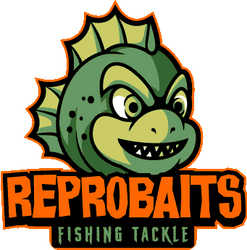
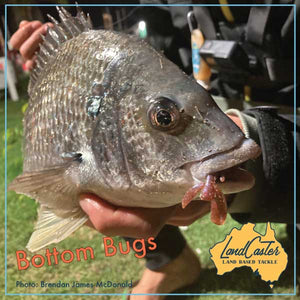
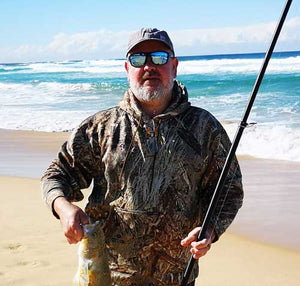
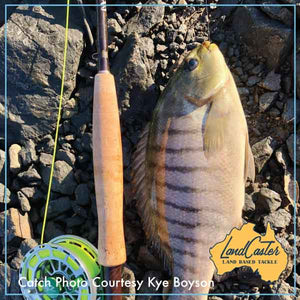
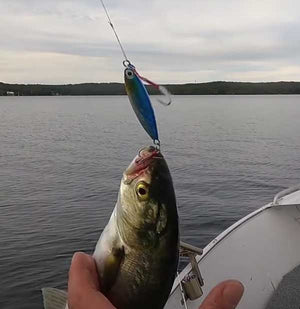
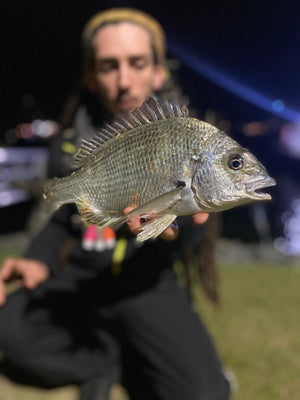
Leave a comment